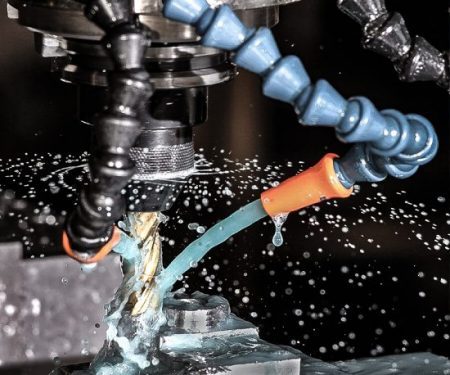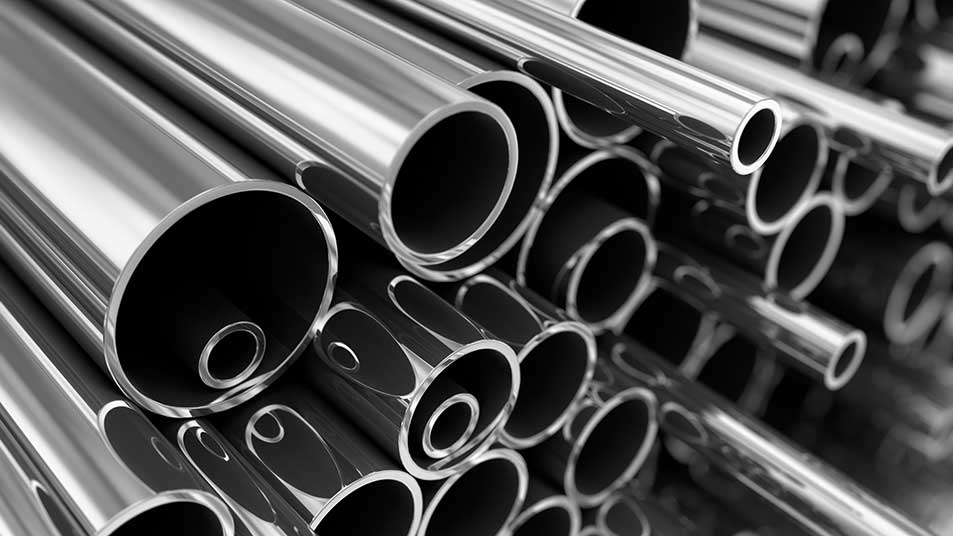After an extended production shutdown, it is imperative to get restarted quickly and efficiently. Maintaining your coolant can be the difference between success and failure. It is key to clean, refill (if necessary), and run according to the manufacturer’s recommendation.
These steps will depend on whether you emptied the sump before the shutdown. If you have emptied the coolant, ensure that the machine is cleaned out; Astro-Clean A can be used to clean the machine and remove and residual coolant and contamination in tough to reach places.
If your coolant remains in the sump after the shutdown, follow these steps for a successful restart:
- Inspect the coolant sump/tank for any problems.
- Remove any tramp oil by using skimmers.
- Remove any swarf or solids with filters or skimming nets.
- If there are significant solids, the tank and machine should be cleaned out before proceeding.
- Do not add any coolant unless there is not enough to circulate through the machine. If you need to add coolant, add coolant at or above the target concentration.
- Circulate coolant through ALL pumps for 60 minutes to ensure all nozzles are flushed out.
- Check the concentration from the nozzle using a refractometer (either manual or digital).
- Top off the sump to 95% capacity to the target concentration + 2%.
- Check the pH and odor. Test the pH from the nozzle.
- If it is too low (8-9 pH), add 3% volume of coolant and circulate for 30 minutes. Repeat until pH is acceptable.
- If pH is below 8, the coolant is spent and must be replaced. Use Astro-Clean A to clean out machine.
- Add fresh coolant to bring tank/sump volume to 100%.
Bonus Tip: To keep coolant fresher during shutdowns, run skimmers and fish-tank fans to prevent tramp oil contamination and coolant breakdown. Circulating the sump coolant may reduce odor.
Following these steps will ensure a successful restart. Equally important is continuous monitoring of the sump/tank. One individual should check concentration daily and pH weekly. If something is off, act accordingly and quickly. Keep records in a coolant log for each machine to ensure continued success.
Contact Twin Specialties about our coolant guide for information about success coolant management. Twin Specialties has over 65 years of experience with metalworking fluids and is your go-to source for metalworking fluids, cleaners, and rust preventatives/inhibitors.



